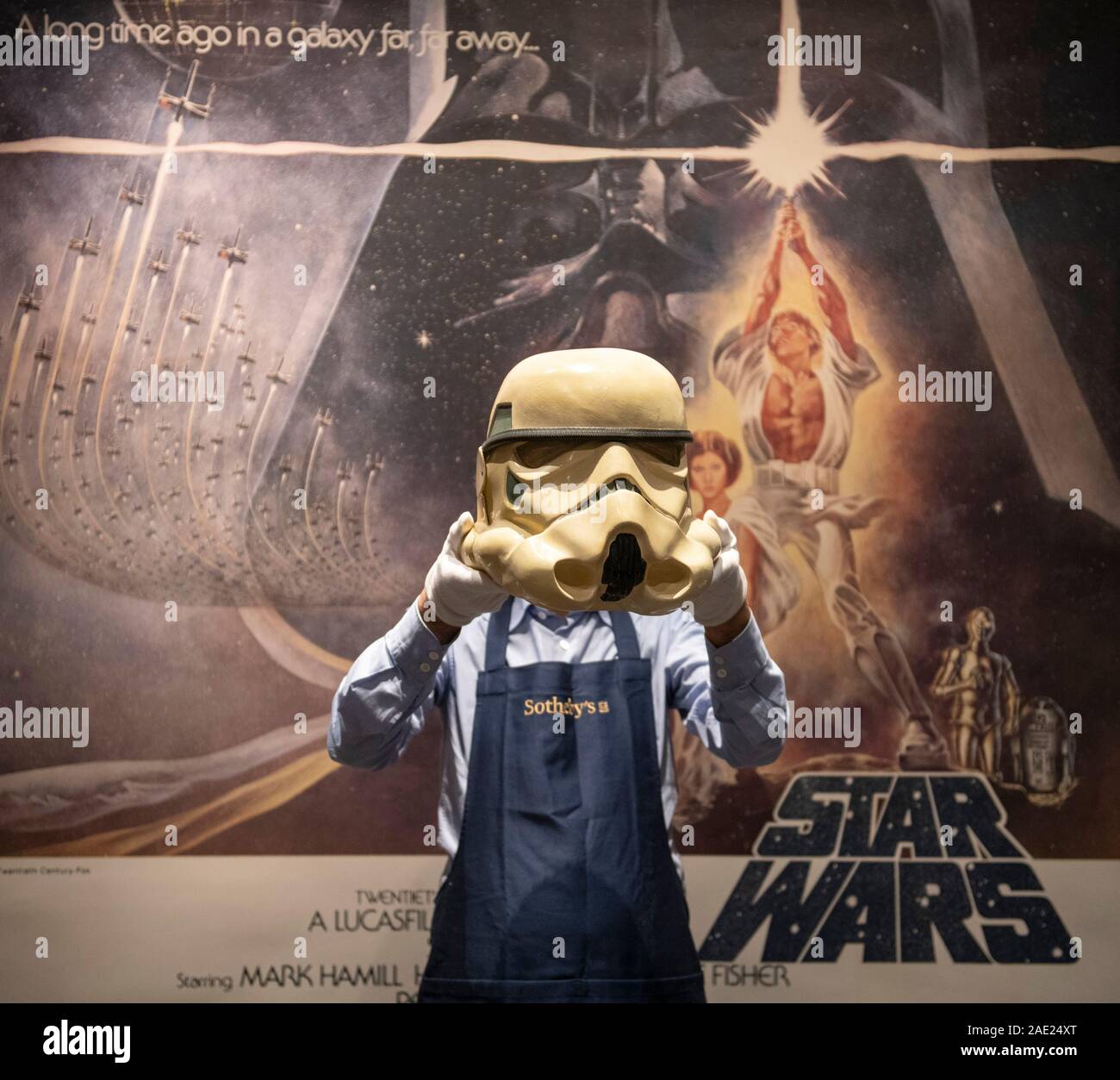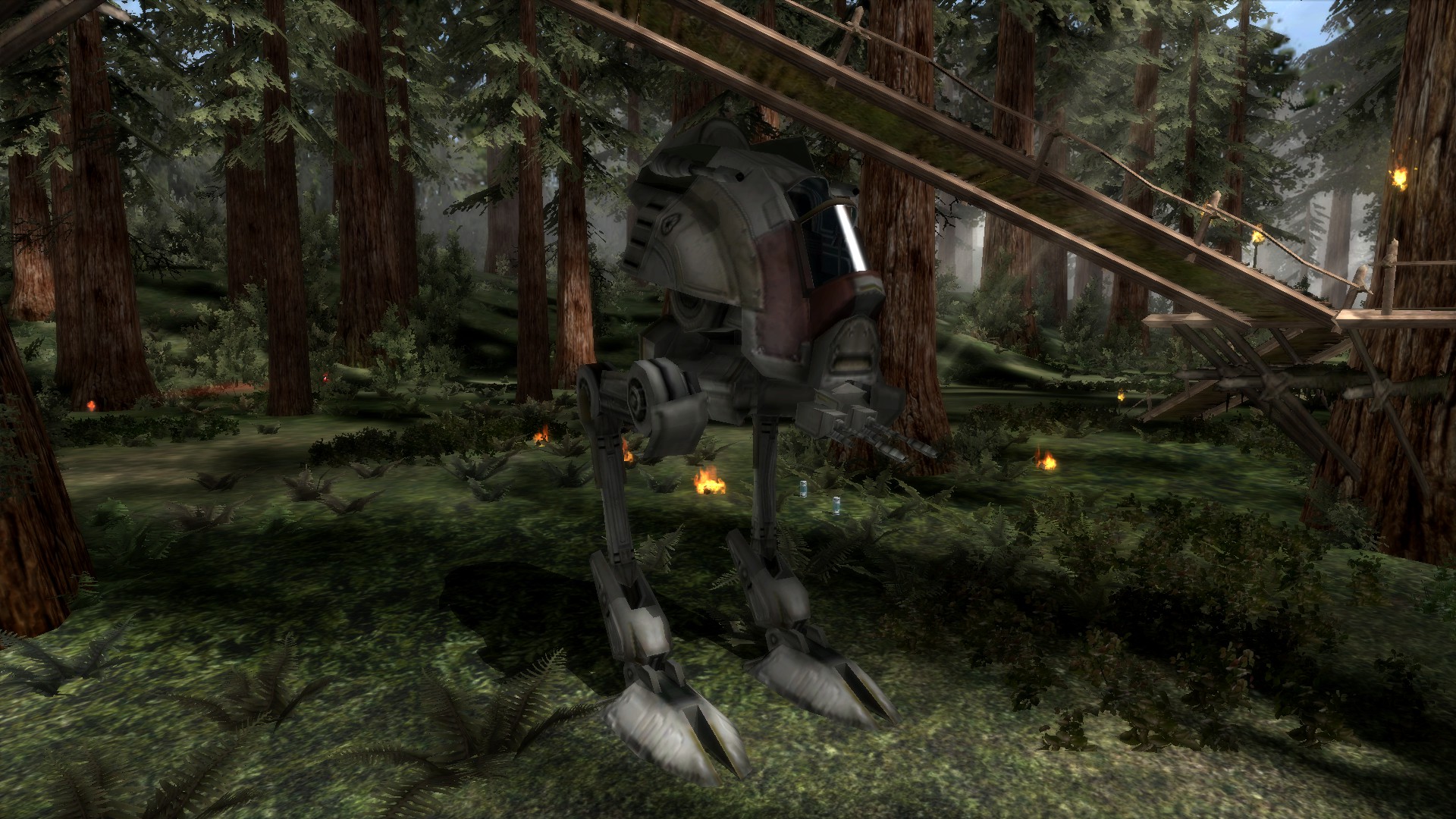

Processing all the numbers was also more work than expected, but I feel like we've gained some pretty good insights here. At a couple of minutes per benchmark run, I'm sure you can do the math of how long it takes. We're talking about 150 benchmark runs per card here, 300 in total, just for this article. Also, the GPU vendors actively optimize their drivers to achieve good results in integrated benchmarks.ĬonclusionAs you can imagine, doing all the testing required for this article was a massive undertaking-benchmarking 50 games at three resolutions takes a lot of time. Equal settings were used for both cards, and proprietary features disabled.Īll games are tested in custom bench scenes as the integrated benchmarks often paint a completely inaccurate picture compared to actual gameplay. Our goal is to have a rich diversity of game genres, engines, and 3D graphics APIs. Going forward, we will of course make changes to the game selection for TPU50. AMD's RDNA2 architecture not only came with unbelievable efficiency improvements, it also introduced real-time ray tracing support and offered a massive performance uplift over the previous-generation RX 5700 XT.īenchmarksAmong our games, you'll find titles that have been included in TechPowerUp graphics card reviews over the past years, as well as some of the newer ones joining our bench soon. The company had been written off by many, and we heard phrases like "how can AMD catch up to NVIDIA ever again?". AMD's card led the company's return to the high-end graphics space after nearly seven years. The Radeon RX 6800 XT, which was released in November 2020, just two months after the RTX 3080, came as a surprise to everyone in the tech space.



This was because the RTX 3080 presented such a massive performance uplift over the RTX 2080 that it was the first card to play any of today's games at 4K Ultra HD resolution, and the RTX 3090 was much more expensive partly due to its 24 GB VRAM, which provides no significant benefit to gamers today. The NVIDIA GeForce RTX 3080 was launched as the "flagship" gaming graphics product based on the "Ampere" graphics architecture despite RTX 3090 launching at the same time. For all intents and purposes, the cards we're testing today are posterboys of their respective architectures.


 0 kommentar(er)
0 kommentar(er)
